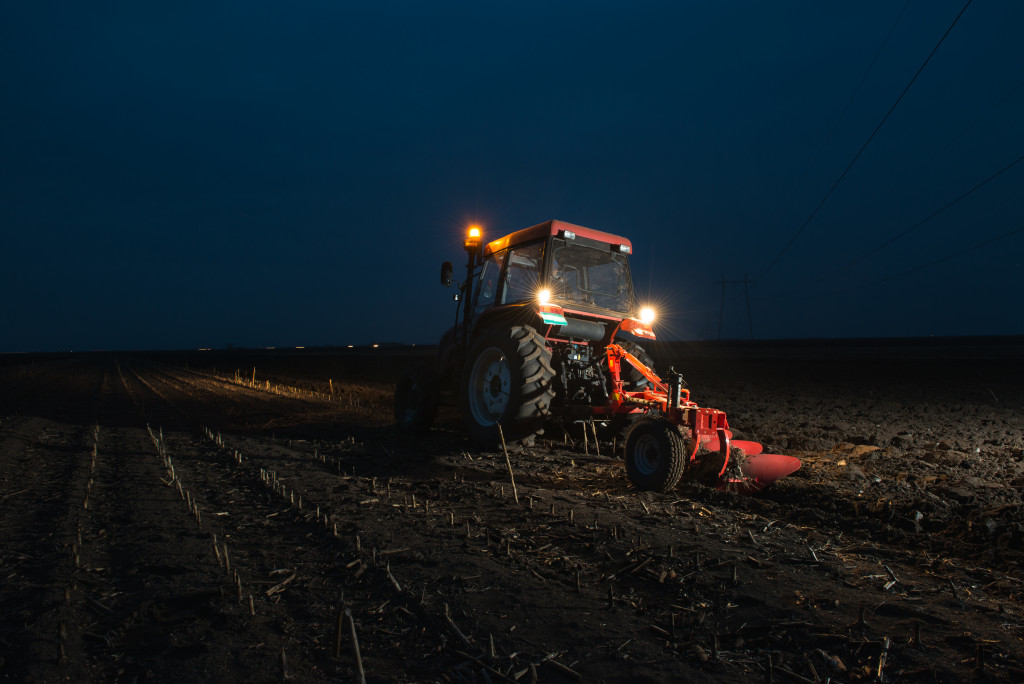- Investing in undeveloped land can be a great way to diversify portfolios and reap long-term gains.
- The U.S.’s land is a limited resource, so the value of purchased land is likely to appreciate.
- Land investments are tangible assets that don’t require much maintenance or upkeep.
- Income from land can be generated by leasing, subdividing, or building rental properties on it.
- When developing land, ensure that equipment, permits, regulations, goals, timelines, and plans are all considered.
If you’re an investor looking for a new opportunity, you might want to consider undeveloped land. While it might not be the first thing that comes to mind when considering investments, buying land could be a great way to diversify your portfolio and reap impressive long-term gains. Here’s what you need to know about land in the U.S., why you should invest in one, and how to develop these lands as a better investment.
Lands in The U.S. Today
Nearly two billion acres of land are available in the U.S., but despite this, the land is a valuable asset. Prices vary depending on location, but land typically appreciates over time. This means that investing in undeveloped land today could be worth much more ten or twenty years from now. Here are some reasons to invest in the land today:
Tangible Asset
One huge benefit of investing in undeveloped land is that it’s a tangible asset. That means you can see and touch your investment, which can be reassuring if you’re new to investing. Also, like stocks or bonds, land cannot disappear or lose value overnight. Even if the market takes a turn for the worse, your land will still be there.
Limited Resource
Another reason to consider investing in undeveloped land is that it’s a limited resource. While people continue to be born and the demand for housing and commercial space increases, the available land remains unchanged. This means that over time, the value of your land is likely to appreciate. Furthermore, if you buy land in an area with much growth, you could see even more appreciation.

Generate Income
Undeveloped land doesn’t have to be a dormant asset – it can generate income if you know how to use it. For example, you could lease the land to farmers, ranchers, or hunters. Alternatively, you could develop the land yourself – perhaps by subdividing it and selling smaller parcels or by building a rental property. While these options require more work than simply buying and holding land, they could yield even greater returns.
Low Maintenance Investment
Undeveloped land could be a great option if you like investing in real estate but don’t want the hassle of dealing with tenants or maintenance issues. Unlike rental properties or commercial buildings, land doesn’t require the same level of upkeep. You won’t have to worry about repairs, renovations, or landscaping – sit back and watch your investment grow.
Long-Term Strategy
Finally, investing in undeveloped land is a long-term strategy. This isn’t the type of investment that will generate quick returns – you’ll need to be patient and hold onto your land for several years before you start to see substantial gains. However, if you’re willing to play the long game, land could be a great addition to your portfolio. Plus, since you’re not dealing with day-to-day fluctuations in the market, you can avoid the stress and anxiety that can come with other types of investments.
Developing These Lands
Once you’ve invested, you’ll need to develop these lands. Here are four steps you should follow:

Have The Right Equipment
It’s essential to have the right equipment for your land development. First, invest in a robust rough terrain crane. The crane can make a huge difference in how quickly and efficiently you can move large objects or dig deep holes. Also, having various flexible digging tools is essential for moving soil or vegetation around the land.
Research Permits And Regulations
Before beginning any development work, research all local permits and regulations related to land development. This will help ensure your project stays within the law and avoid potential complications.
Plan Your Project
Having a plan is key when developing land. Start by making a list of goals for your project – this will help you stay focused as you move forward. Then break it down into tasks such as clearing brush, trenching utilities, or building new structures. Finally, create a timeline that lists when each task needs to be completed.
Plan For The Future
When developing land, it’s essential to plan for the future. Consider how you could use the land in the coming years and what you’ll need to do now to prepare. For example, if you plan on building a home or commercial space on your land in five years, ensure that your current development project includes laying down utilities and infrastructure that will support a larger structure.
By following these steps, you can ensure that your land development project is efficient and successful. Developing land can be a great way to turn an initial investment into significant returns over time – make sure you do your research first!

